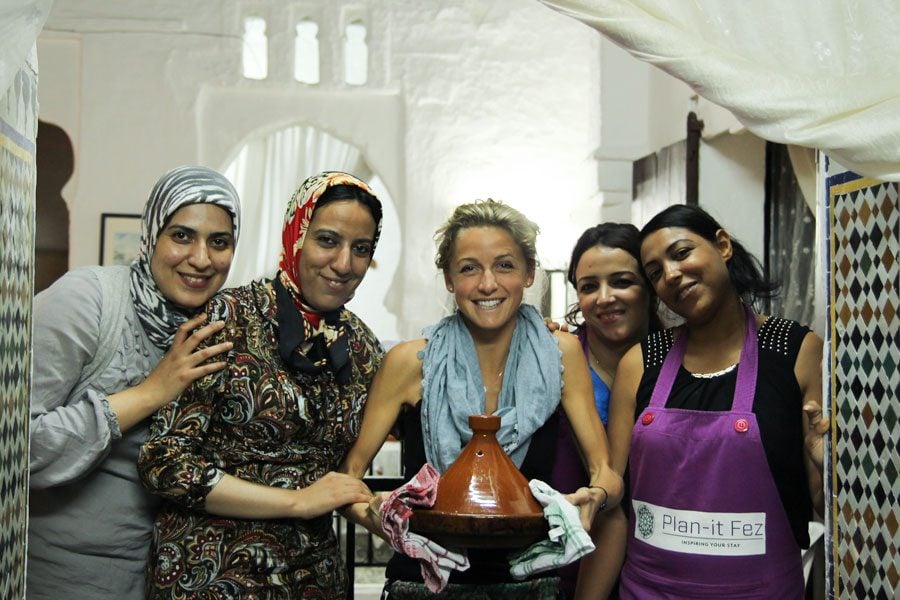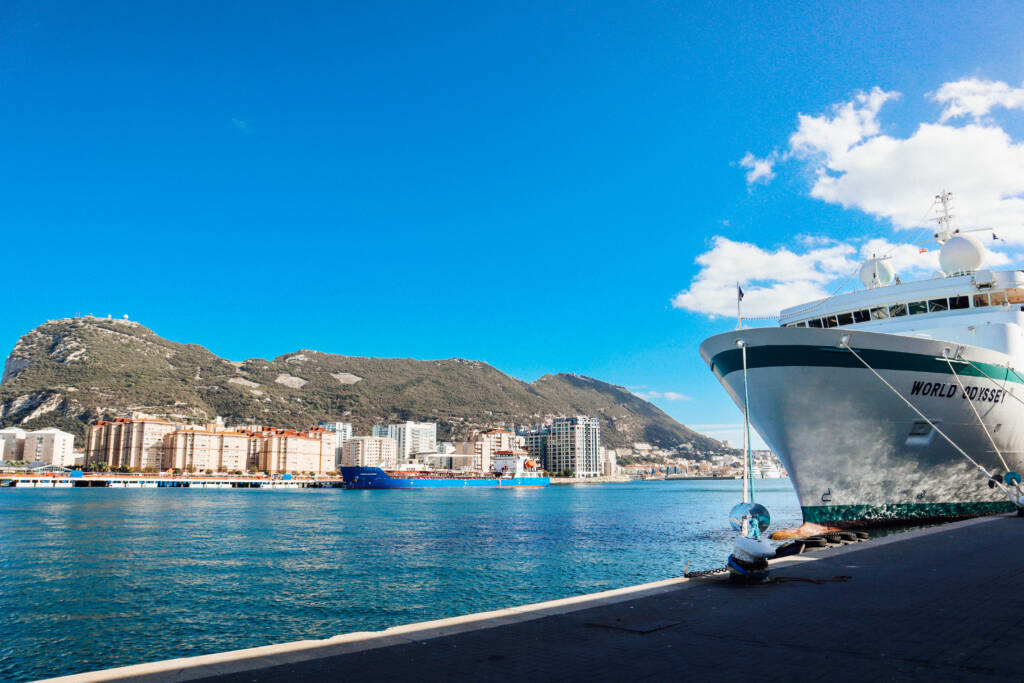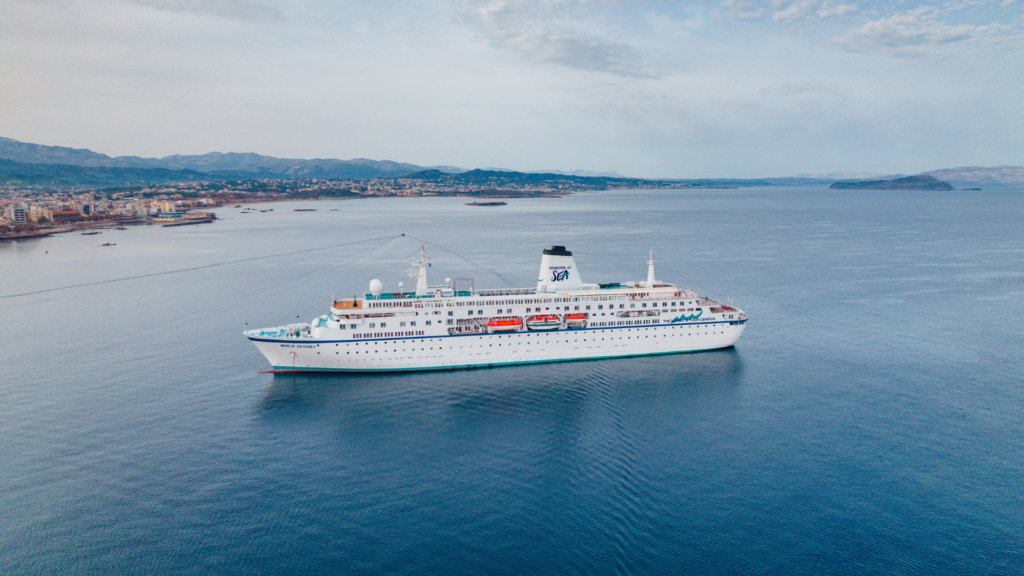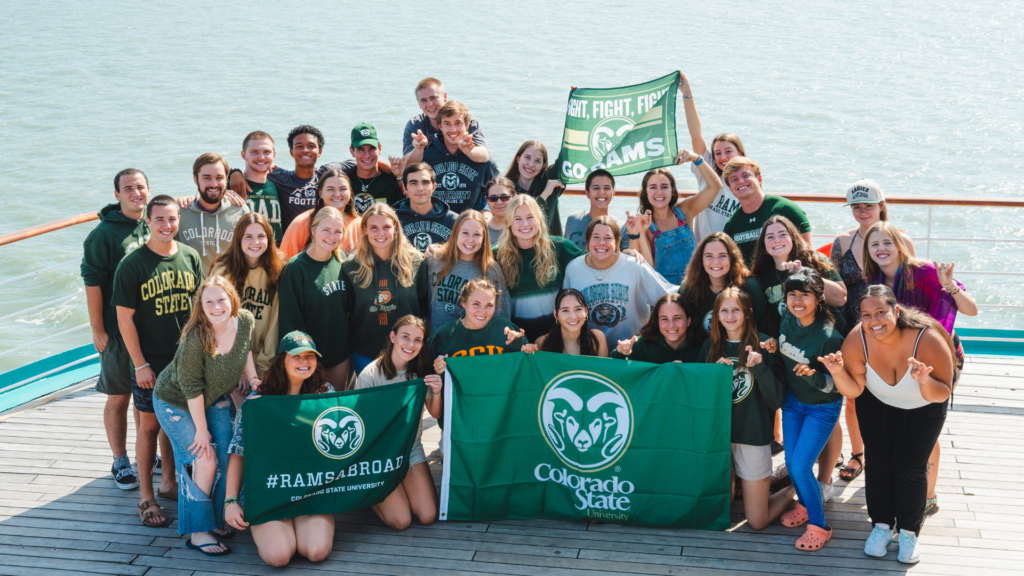
When I signed up for a travel writing class on this voyage, I expected to find a new best friend in my journal, to have my syntax and grammar picked apart, and to create the ultimate souvenir of my time in port: written records of my adventures that I could treasure forever. However, taking this class has started to change my identity as a traveler, in quite a wonderfully unexpected way.

Our professor, Matt Silva, gives us a different assignment for each port and most involve painting an evocative scene that encapsulates the sights, sounds and feel of the new places we discover. He encourages us to see beyond the exterior of a place, to record its subtleties and little details that color its character, to take stock of our surroundings using all of our senses, and to record all this in an eloquent manner that captures the essence of said place. Simply having this task in mind is incredibly powerful; instead of allowing details to pass me by, all my senses seem to heighten as I search for inspiration for my writing. It truly brings me into the present: I am not wandering lost in thought, but instead am totally absorbed in the feel of each new place, catching snippets of conversation as people pass by, searching for as much beauty as one place allows. I have discovered that the joy of writing flows not only from my hands but from a new pair of eyes, a new perspective that pushes me to search for the joy in a place and keep it in fine detail in my little leather notebook.
Our SAS stop in Casablanca, Morocco lead to a trip to Fez. And Fez was one such place.

I met my younger sister there to explore all that the city held. As we wound our way through the heart of the medina, the coiled streets hummed with activity. Every corner seemed to reveal a new reward for our curiosity, carved doors marking the burial place of Sufi mystics, tight circles of women holding babies aloft wrapped in white cloth, chatting rapidly in local dialect. The whole place felt heavy with history.
We chose to try a Moroccan cooking class to get a true feel for the culture. At our riad, we met our family for our cooking foray and exchanged smiles and hugs with four sisters and their two friends, the latter both fluent in Arabic, English and French, and who helped translate between us. We decided on our dishes and entered the street, pushing our way through the crowds in the local market, headed for wooden carts laden with a rainbow of towering fruits and vegetables, giant orange squash, flowering zucchini and eggplant for our vegetable tagine, along with a mound of spices: ground ginger, pepper, saffron and turmeric.
For the next four hours the house seemed to burst with a colorful collage of vegetable peelings, simmering pots and seven women’s laughter. We translated jokes in a mish-mash of French, English and local dialect, at first with veritable attempts to learn each other’s language.

My respect for the women around me grew as the evening progressed, especially after a particularly strenuous bread kneading session left me marveling at the deft hands of Maryam as she created perfect pillows of semolina dough on a slab of wood. We carried the loaves to the local bakery and watched them rise in an oven hewn roughly into whitewashed stone. Maryam promised us that nothing would come close to the taste of our little loaves, fresh from the oven.
Later, over a table teeming with the night’s efforts, we pulled apart the still-warm loaves and dunked them victoriously into our tagine: a beautiful stack of vegetables slow cooked in the traditional terra-cotta pot. Preserved lemons and green olives decorated our plates like colorful jewels. Our chicken sat beside little dishes of charred eggplant and green pepper, simmered with garlic and tomato and served with couscous that can only taste that marvelous when one is sitting cross legged in a Moroccan riad, smelling of garlic and in glorious disbelief that a magic travel trifecta had occurred: new friends, laughter, and good food.

We gave our stomachs some rest after dinner and climbed to the rooftop. There was something about the warm air that made conversation feel easy, and we stood under the stars and explored our religious identities, questioning delicately, yet curiously, learning from each other and concluding that any differences between us really seemed very small.
When I step off the ship, I always hope for those experiences that make you feel both comfortable and in awe of a place and its people. While we are sailing, the familiarity of our floating home is constantly augmented by new conversations and people who continue to inspire you. Now, as we are warmed by the winds of Africa’s west coast, there is a tangible feeling of excitement in the air. We are ready to be tested, enamored and inspired by what lay ahead of us, as we sail onwards to Ghana, and to new adventures.



